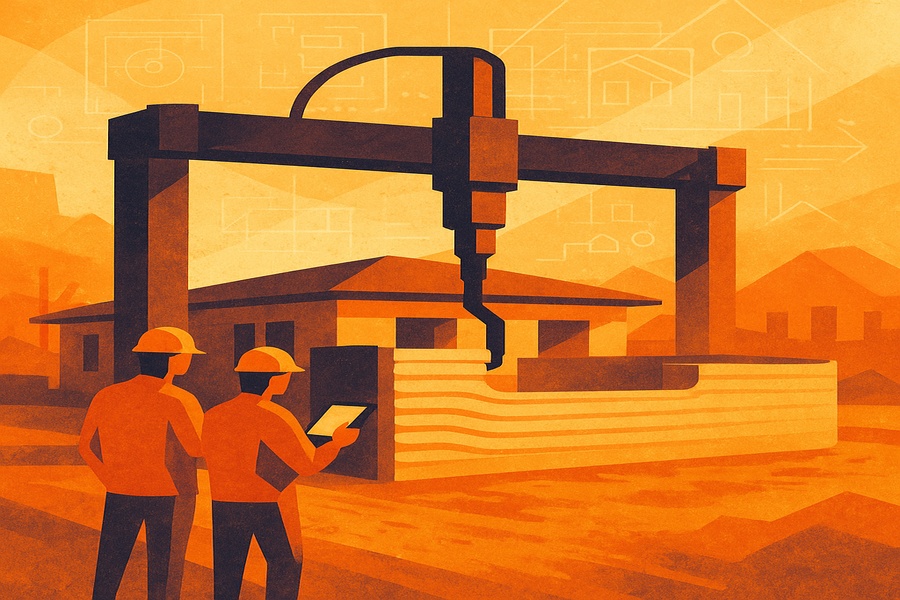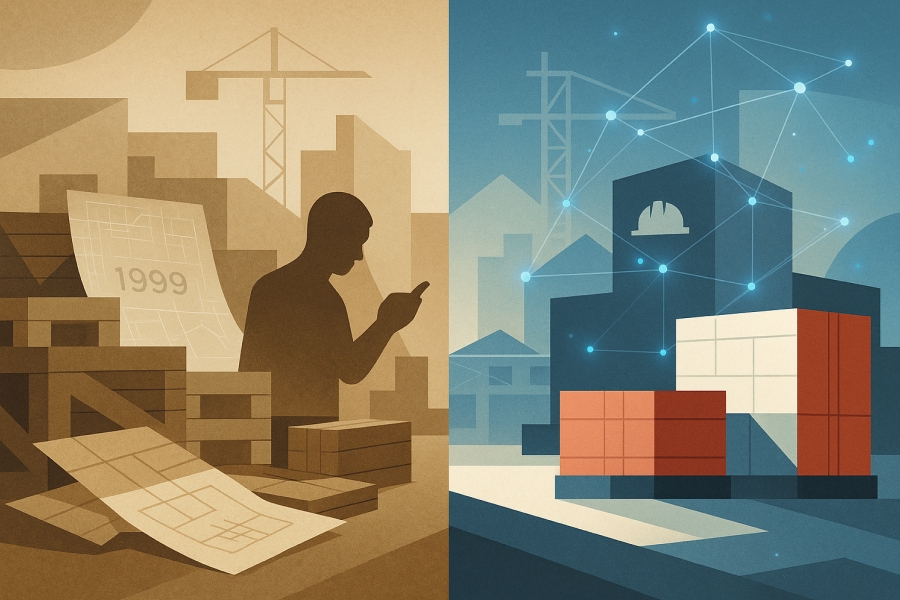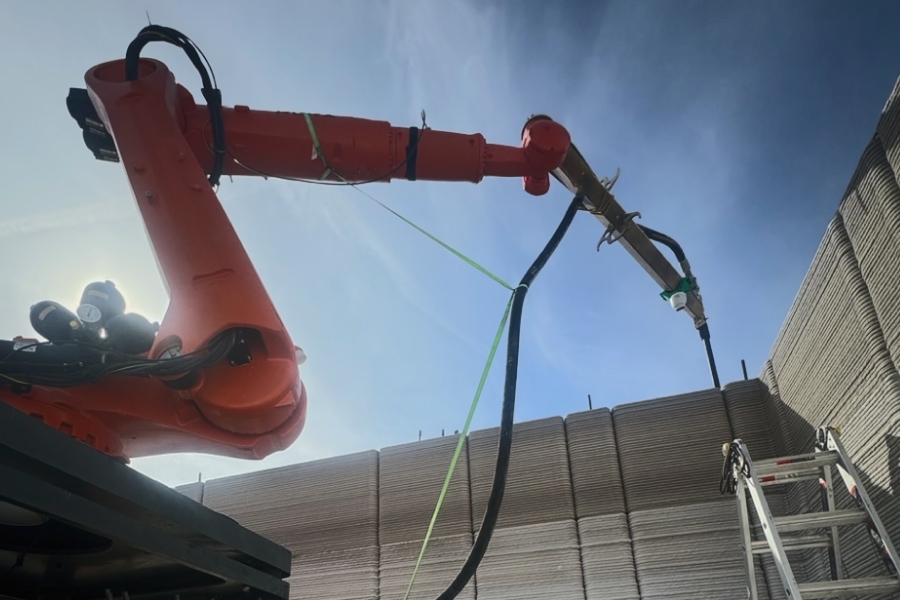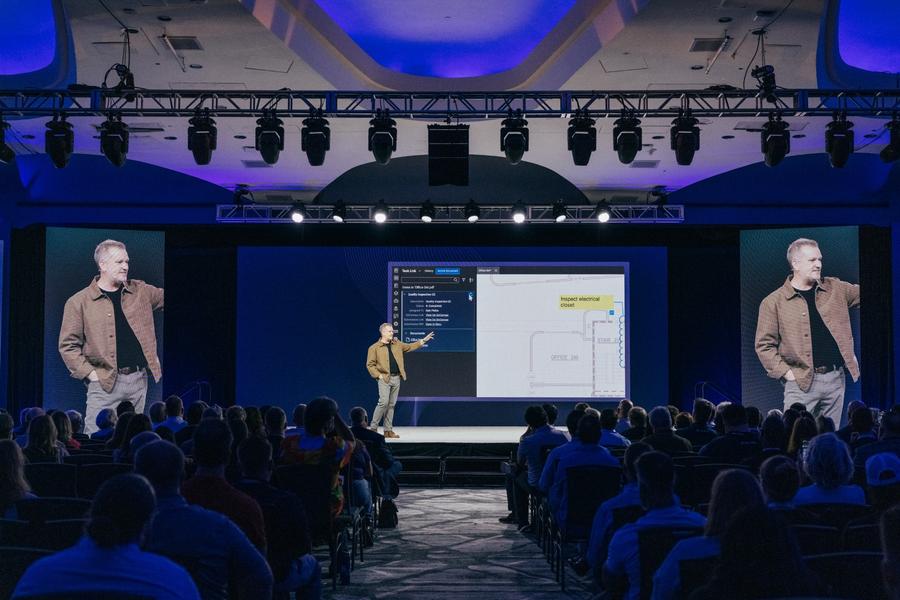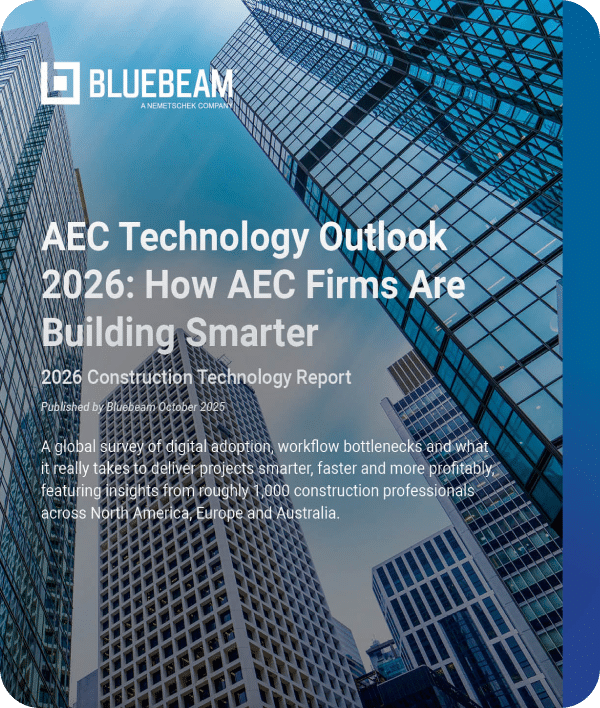On a quiet jobsite in Texas, a robot is printing a house. No hammers, no framing crew, no scaffolding forest—just a gantry-style machine laying smooth, deliberate layers of concrete. In less than two weeks, the shell of a 2,000-square-foot home will stand ready for finishing.
This isn’t sci-fi. It’s ICON’s daily workflow.
The Texas-based construction technology company is turning heads—and turning building envelopes into programmable systems—using a blend of robotics, proprietary software and tightly integrated design-to-field processes. Its approach: reimagine construction as on-site manufacturing, not just digitized paperwork.
“Our construction technology system to 3D print a home is the most visible aspect of our innovation that people experience firsthand,” said Bungane Mehlomakulu, director of building science and building performance at ICON. “Today this is the gantry style Vulcan printer, and we are excited to get our multistory robotic construction system, Phoenix, into the field next year.”
On-Site Automation, Not Off-the-Shelf Solutions
ICON’s systems aren’t just faster but are designed to solve real-world labor and logistics bottlenecks that plague traditional construction. By combining printed materials with minimal on-site labor, the firm is proving a concept many in the industry have dismissed as too far out.
“We’ve seen significant operational improvements over the last two years and today can deliver a single –story, 2,000-square-foot home in 7 to 10 days with two operators,” Mehlomakulu said. “The next-generation Phoenix printer introduces a higher level of autonomy with only a single operator, further reducing demands on construction labor.”
And unlike prefab or panelized construction, ICON’s approach doesn’t require hauling massive modules to a jobsite. The printer is the factory.
Design to Delivery—Fully Integrated
Here’s where ICON separates itself from most construction robotics plays: the software.
Instead of building automation tools that live in silos, ICON created a connected pipeline from architectural design to field delivery. ICON Studio, the firm’s proprietary software platform, imports designs from tools like Revit, automatically maps out structural reinforcements and generates a bill of materials—all before a single layer of material is printed.
“This digital environment workflow can be executed at any point in the design process, enabling faster responses on cost management and schedules,” Mehlomakulu said. “Currently, this workflow and BOM is focused on materials needed to complete the print, including CarbonX, reinforcement and equipment. As the software matures it will incorporate quantity information for non-printed material for estimating needs.”
That level of automation doesn’t just reduce rework but gives builders a real-time pulse on budget, scheduling and supply chain needs earlier in the lifecycle. It’s the kind of visibility traditional builds struggle to achieve until far later (often too late).
“As a construction technology company, we’re investing in hardware and software development, regulatory testing and creating comprehensive details and procedures to deliver a vertically integrated product environment that enables our customers to deliver predictable, proven and durable buildings affordably and quickly,” Mehlomakulu said.
Resilience by Design—Not by Add-On
In most projects, performance upgrades—energy efficiency, storm resistance, fire protection—come in layers. Extra insulation here, weather barriers there. But ICON’s wall system bakes it all in from the start.
“By combining structural, thermal and moisture control functions into a unified element, the system reduces the number of different components, streamlines the construction sequence and minimizes coordination between multiple trades that typically drives up costs,” Mehlomakulu said.
ICON’s system isn’t just efficient—it’s battle-tested. According to Mehlomakulu, it’s been validated for wind resistance up to 250 mph and comes with a three-hour fire rating baked in. It also deters pests, mold and mildew by design—since its printed materials don’t support organic growth.
“MIT’s Concrete Institute found our system’s overall embodied carbon was lower than framed construction over a 75-year period,” Mehlomakulu said. “Energy efficiency comes from the wall’s thermal mass and continuous insulation, with thermal breaks preventing heat transfer between shells to meet or exceed U.S. energy codes.”
It’s a reminder that sustainability doesn’t have to mean sacrifice—when you design for it from day one.
Rethinking the Economics of High-Performance Building
We all know the tension: high-performance homes cost more upfront. But ICON’s approach flips that script by designing performance into the structural system—not layering it on after the fact.
“Homeowners tend to be price sensitive, even to sustainability features,” Mehlomakulu said. “This price sensitivity creates a complex optimization challenge for builders: how to deliver meaningful environmental performance within tight cost constraints.”
The answer: Less complexity, not more.
“This approach fundamentally shifts the economic equation of sustainability, enabling builders to deliver higher-performing homes at an equivalent or competitive price point.”
What It Means for the Industry
ICON isn’t just pushing the boundaries of automation or material science; it is offering a blueprint for integrated, digital-first delivery. From software to robots to finished walls, every part of the system is designed to work together, not be duct-taped into place onsite.
“Our improvements and advancements over the last few years is a successful proof point in an industry traditionally slow to adopt new technologies,” Mehlomakulu said. “We’re demonstrating that innovation in construction is both possible and commercially viable.”
That last point matters. For years, talk of 3D printing in construction has lived in the headlines—but rarely in the field. ICON’s work suggests we may be finally crossing that threshold.
“We’re setting new benchmarks for sustainability by achieving higher performance-to-cost ratios through integration rather than addition,” Mehlomakulu said. “Our automated in-print reinforcement represents one example of how we’re rethinking traditional approaches to provide better structural performance with less material and labor input.”
Final Take
There’s no shortage of buzzwords in construction tech. But ICON’s approach cuts through the noise by delivering real-world results in speed, cost, resilience and performance. The company isn’t just layering digital on top of analog but is rebuilding the workflow from the ground up.
That’s not a gimmick. That’s a gear shift. And the rest of the industry would do well to pay attention.

